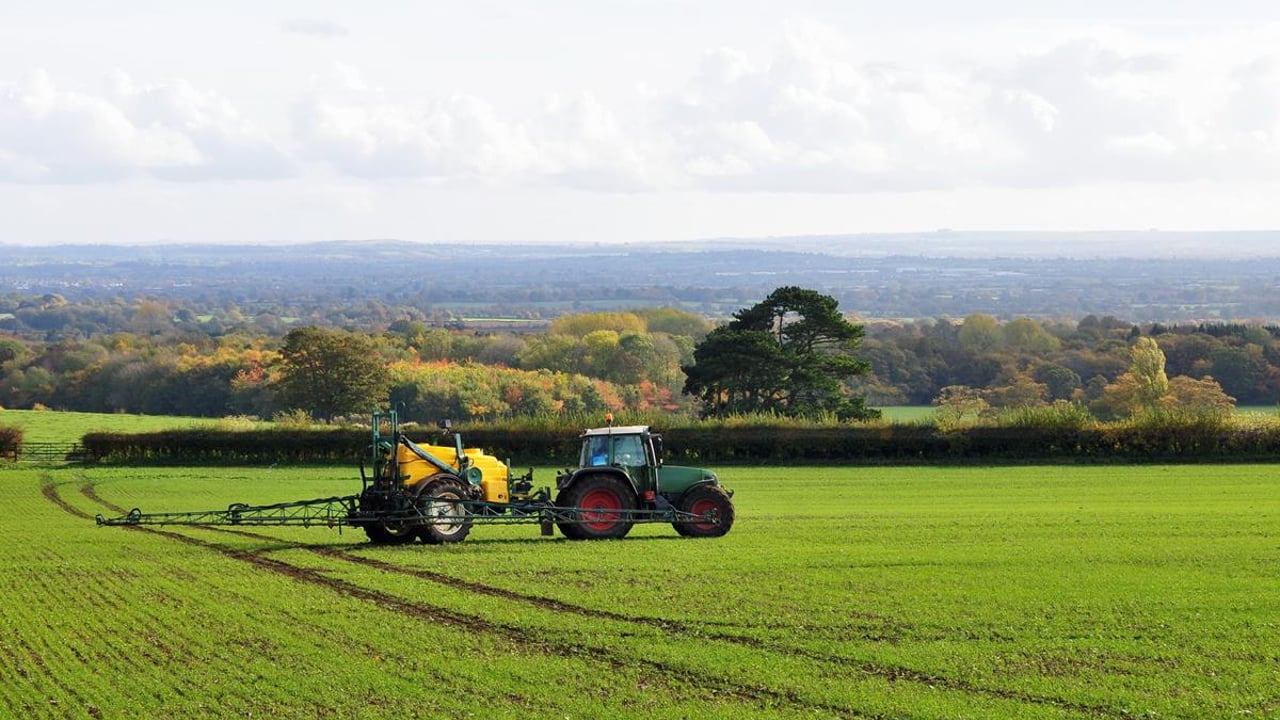Weed control in spring barley: the need to use herbicides effectively
If weed control has been delayed, it is essential to use higher herbicide rates, as the reality is that larger weeds are harder to kill.
In such instances, using high rates helps reduce the risk of developing herbicide-resistant weeds, which is increasingly becoming an issue for spring barley growers.
According to Teagasc, sulfonylurea herbicides (e.g., Cameo, Ally, Harmony, etc.) have reduced effectiveness in some cases. So growers should ensure they use products with an alternative mode of action.
Moreover, it is also important to make sure that the alternative product used has activity on the target weed.
For example, if there is suspected resistance in chickweed, growers should not rely on sulfonylureas alone.
In such cases, a partner product like fluroxypyr (e.g., Hurler 0.75L/ha) is best for better control.
Tillage farmers who sense they have resistant weeds in their fields should contact their local tillage adviser, who can arrange the required resistance testing and analysis.
Last month, confirmation of the first Irish case of an Italian ryegrass population resistant to glyphosate raised serious concerns across the industry.
Teagasc testing of resistance-suspect populations of Italian ryegrass from 2024 to ACCase/ALS herbicides has now been completed.
Results reveal a concerning situation - 10 out of 11 submitted samples were found to be resistant.
The 11 suspect populations were grown alongside a sensitive population and sprayed at the two to four-leaf stage with recommended label rates of ACCase (Axial, Falcon, Stratos Ultra, Centurion Max) and ALS (Pacifica Plus, Broadway Star, Conviso one - only for use in Conviso-smart ALS-tolerant fodder beet varieties) herbicides.
It is now clear that the tillage sector is losing effective herbicide options for Italian ryegrass and blackgrass.
Meanwhile, a continued reliance on glyphosate poses a very high risk. Immediate drastic action is crucial if these populations are present on any farm.
.Affected crop areas should be destroyed to prevent seed return with strict, follow-up control measures put in place.
Where spring barley is concerned, the average yield response from a two-spray fungicide programme in Teagasc trials is 1.3t/ha.
However, this figure can range from 0.5- 2.75t/ha, depending on the season.
With the exception of RGT Planet, current spring barley varieties have excellent resistance to disease.
But sowing dates and weather conditions need to be factored in when deciding product choice and rate.
Oak Park trials have shown two half-rate fungicides (combined product) will give the maximum economic return.
The first fungicide should be timed before growth stage (GS) 30.





